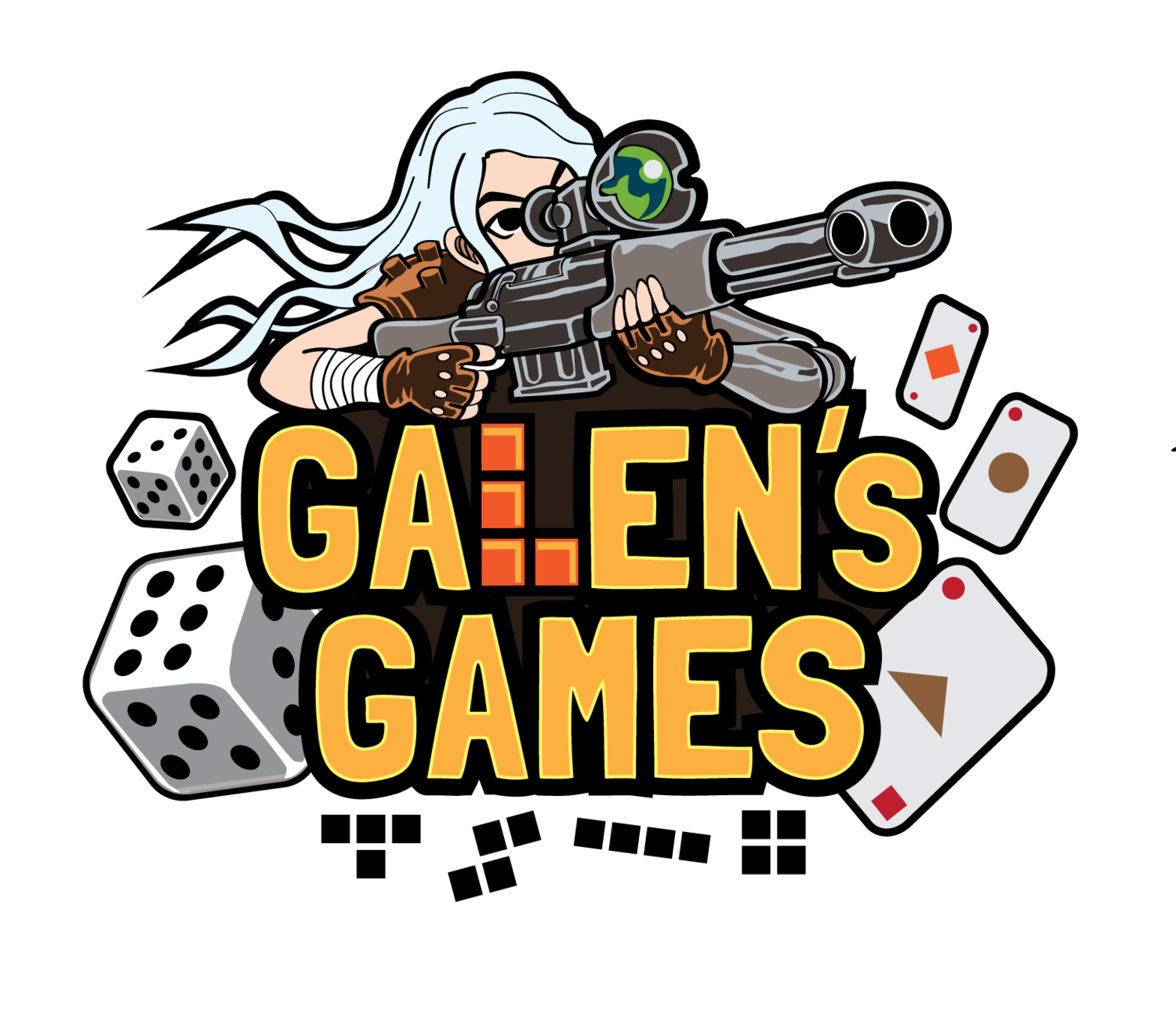Thoughts from a first-time self-publisher Part 22: Crowdfunding Myths?
Hey everyone! Welcome back.
Best Part of my week (so far): I’m feeling pretty good about all things game design and publishing related. I’ve made great progress with my co-design: Ratatoskr and look forward to eventually announcing that we’ve scored a publishing deal for that one. Bah Humbug! just wrapped up a tremendously successful Kickstarter with 25k+ raised and over 700 backers! (I’m one of the designers of the 13 included games). I wrote my first invoice ever, for a licensing deal with a Chinese manufacturer. I’ve been working hard on Dice Dogs and the playtests have been super positive (while still revealing issues that are helping the game progress). I also made my first “real” TikTok video showing off the making of the prototype. Pretty confident that I’ll be able to get this one ready for a Cardboard Edison submission. Met with Hwa to discuss something that I hope to reveal in the coming months. And I mailed out prototypes with some nice letters to my “Sharpshooter” backers. And it’s only Wednesday!
Most stressful part: I’m good so far this year!
Financials: Spent another $42 in postage for the prototype fulfillment and brought in $207 from late pledges.
This week’s topic: The “Myths” of Crowdfunding/ Kickstarter.
This one will probably be controversial. But, as a first-time creator who ran a campaign in 2022, I want to share the “common wisdom” that did not pan out the way I thought it would/ may not hold as true as it once did. I will probably spread these out over the next couple of blogs.
Hitting your funding goal quickly (24-48 hours) is key to your best success: Listen, I’m not going to argue that the KS algorithm can’t deliver a huge number of backers, nor that funding fast plays a role in that. I’m just seeing a lot of exceptions to this rule lately. We’re Sinking was running at the same time as Super Snipers, and I spoke with the designer regularly during it. He set a high funding goal of $42,000 and didn’t hit his goal until the 8th day of the campaign. His campaign had steady growth throughout and actually accelerated midway through. He ultimately ended at over $86K and was 205% funded! Huge results for a first time indy publisher! Last week’s guest, Emily Willix’s Bah Humbug! had an incredibly modest goal of just over $5000 but didn’t fund until Day 3. Take a look at the growth curve though! Her campaign grew by a steady 10% every day and she ended with over $25K and over 700 Backers! Absolutely massive success that didn’t require flash funding.
Contrast this with my campaign, which funded in those “magical” 48 hours but then stalled and ultimately ended at 178% funded. Or the dozens of campaigns with sub $5000 funding goals that funded in the first couple hours but never reached $10K. Now, these are not apple to apple comparisons, and my campaign had other issues that affected it’s ability to capitalize on the initial surge. I can also provide plenty of examples where flash funding did correlate with huge success. Here is my take-away as a first-time creator talking to other new or aspiring indy publishers though:
It’s not worth the gamble to both set a low funding goal and invest a large amount of money into marketing for the possibility of funding fast. Determine the minimum number of games you would be comfortable publishing and can make the math work with that. Then, determine your funding goal. Then, determine your marketing budget. My own approach was to set a funding goal that would require 200 backers, but that would have been a financial loss, and invest in marketing and other strategies that would deliver on quick funding. Low funding goal + Big push was supposed to equal a campaign that had the momentum to fund at 300-400%. My level of investment would have been justified by a $35-$40K campaign. I raised $17K. I committed to making a game at $10K. I’m not regretful at all (I’m quite proud), but I think this is important to consider.
And maybe it could have worked out. As I’ve said, there were other issues at play. But that said, if you are a first time creator, you will probably make a mistake too, and you will also be prone to prioritize the possibilities over the worst case scenarios. I’m not discouraging anyone from betting on themselves, just be cautious about how much you put out there and where you invest it.
I would love to hear other’s thoughts on this. Thanks so much for reading.
